A two-day international conference on the theme “Exploring the Life and Living Legacy of Guru Padmasambhava” commenced on Wednesday at Nava Nalanda Mahavihara in Bihar, India. The event is organized by the International Buddhist Confederation (IBC), New Delhi, in collaboration with Nava Nalanda Mahavihara (NNM), Nalanda, under the aegis of the Ministry of Culture, Government of India.
The conference aims to delve into the life and multifaceted legacy of Guru Padmasambhava, focusing on the contemporary relevance of his teachings and the rich tradition he left behind.
The conference was jointly inaugurated by the Governor of Bihar, Rajendra Arlekar; Vice-Chair of Lumbini Development Trust (LDT), Dr. Lharkyal Lama; and Ugen Namgyel, the Secretary/Chief Monk of the Royal Bhutan Temple, Central Monastic Body, by lighting a ceremonial lamp.
In his address, Dr. Lama highlighted Guru Padmasambhava’s significant contributions, particularly in the promotion and expansion of Tibetan Buddhism, and the inspiration he continues to provide to its followers. Governor Arlekar referred to Guru Padmasambhava as the “Second Buddha,” noting his profound influence in spreading Buddha Dhamma across Tibet, Nepal, Bhutan, and the Himalayan regions of India.
Chief Monk Namgyel expressed hope that the conference would offer a deeper understanding of Guru Padmasambhava’s life and legacy, bringing together scholars and experts from Sri Lanka, Bhutan, Nepal, and India to discuss various aspects of his contributions. The event has attracted representatives from over 24 countries.
Guru Padmasambhava, also known as Guru Rinpoche, lived in the 8th century and is one of the most revered figures in Buddha Dhamma. He is credited with pioneering the spread of Buddha Dhamma across the Himalayan belt. The conference seeks to explore the various facets of his life and teachings to understand their enduring relevance in today’s world.
As a legendary figure in the history of the Himalayan region, Guru Padmasambhava’s influence spans a wide range of cultural practices, including Yogic and Tantric rituals, meditation, art, music, dance, folklore, and religious teachings. The conference will celebrate his Dhamma legacy through manuscripts, relics, paintings, and monuments.
An interesting theme of the conference is Guru Padmasambhava’s ability to adapt and contextualize his teachings to suit the local culture of each region he visited. By retracing his footsteps, the conference aims to offer insights into his approach to understanding and engaging with diverse cultures, while identifying the common threads that bind his influence across different regions.

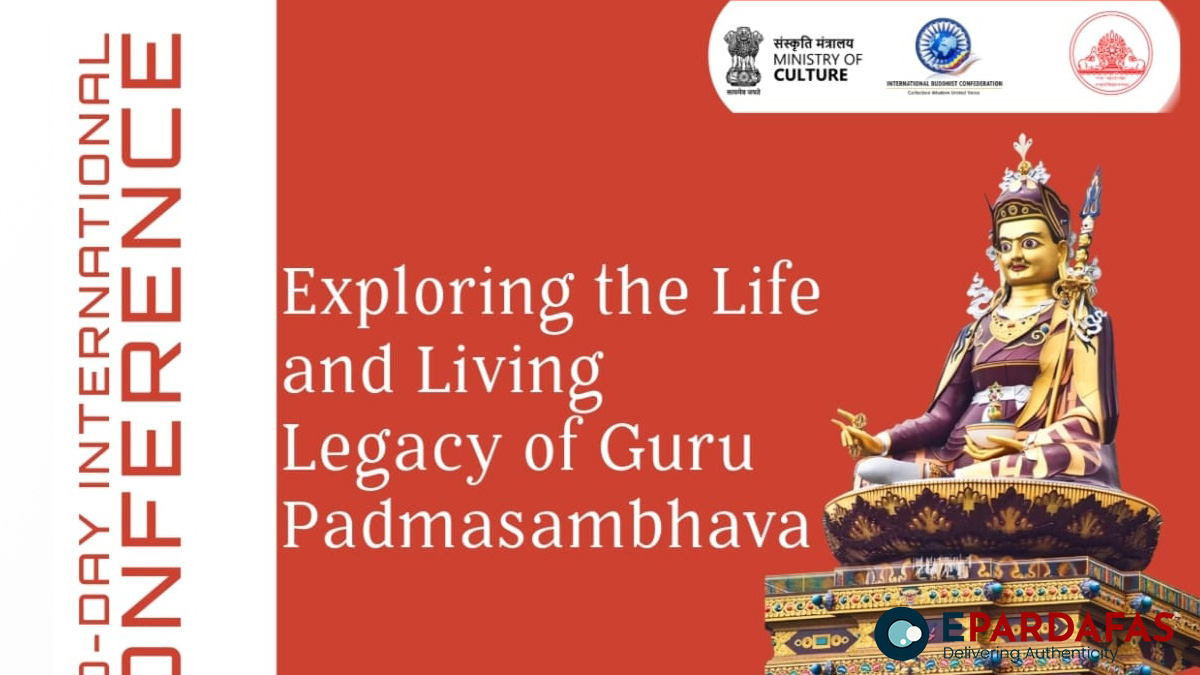





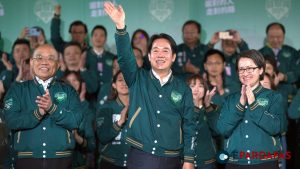

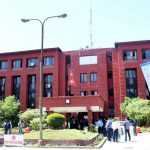
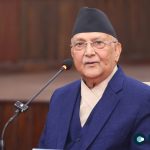

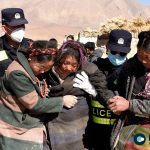
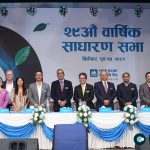
Comments